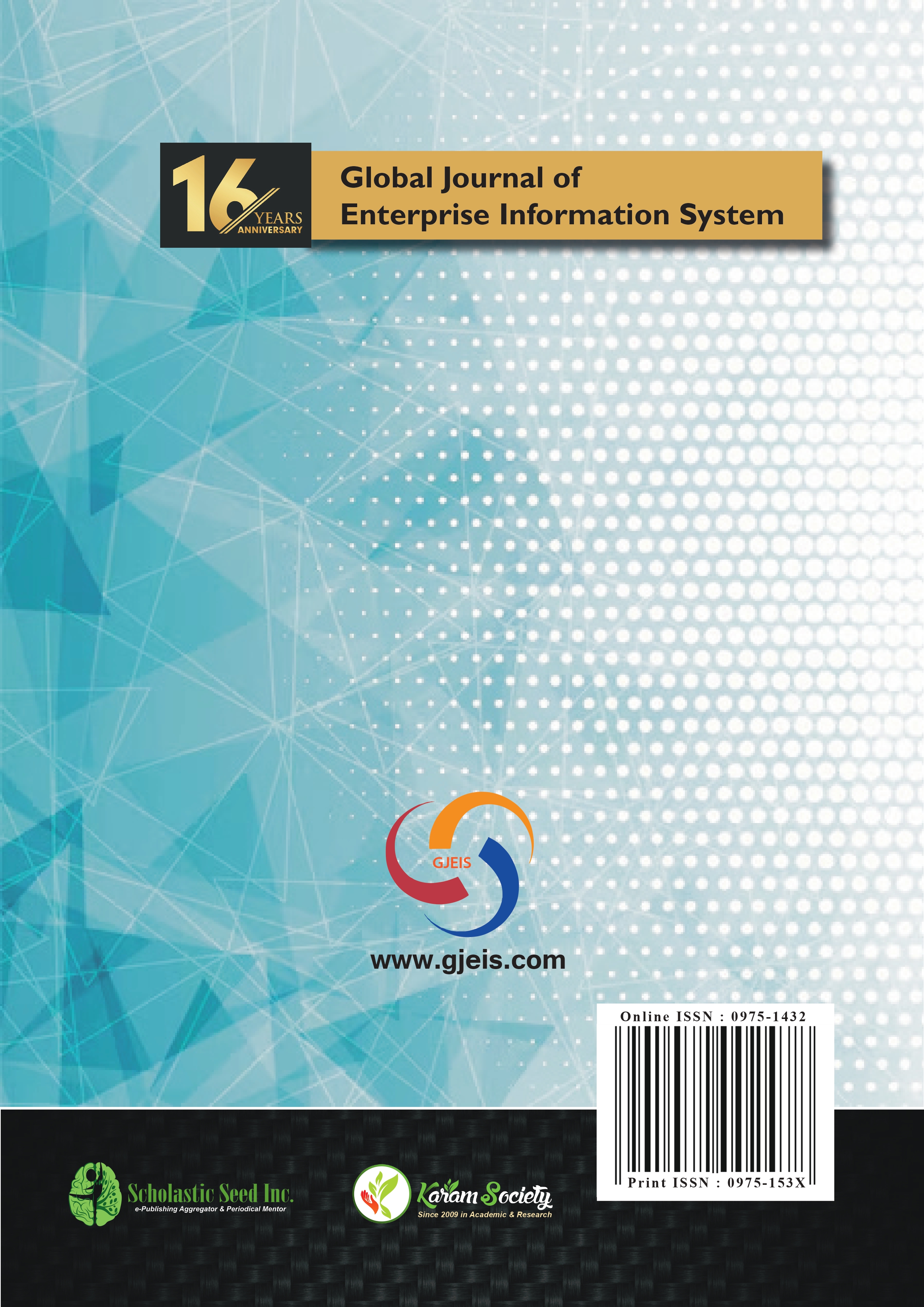Pragmatic Study of Air pollution, Covid-19 and its impact on GDP in Indian Context using Data Analytics
Abstract
Purpose: Air pollution is now considered to be the world’s major global environmental health hazard, accounting for 7 million deaths around the world every year. Air pollution causes and exacerbates a number of diseases, ranging from asthma to cancer, pulmonary illnesses, heart disease, Covid. In accordance to recent estimates by the World Health Organization (WHO), exposure to air pollution and the main substances affecting health are: nitrogen oxides (NOx), sulphur oxides (SOx), ozone and particulate matter – especially particulate matter below 2.5 microns (PM2.5). The present study gives an overview of four Indian metro cities affected by air pollution and specifically due to RSPM (Respirable Suspended Particulate Matter) and its impact on spread of Covid-19 instances in the country.
Design/Methodology/Approach: The paper calls for adopting a multi-dimensional endeavour and data for 15 countries with the highest number of Covid-19 cases have been collected from WHO dashboard and the country portals. Country-wise, critical parameters (Cases - cumulative total, Cases - cumulative total per 1 million population, Deaths-cumulative total, Deaths - cumulative total per 1 million population) on Covid cases have been thoroughly studied and analysed. Further, statistics pertaining to air quality of four geographically significant metro cities (Delhi, Mumbai, Kolkata and Chennai) of India have been obtained from CPCB/online air quality information platform and data regarding Covid cases from Cowin portal of India. These statistics have been standardised, studied, processed and analysed using analytical tools and the results have been displayed in the form of charts to depict the loss to the human resources in these countries.
Findings: It is observed that there is no direct correlation evident between the PM-2.5 levels and number of daily confirmed Covid-19 cases. Though some studies have mentioned that the Covid-19 virus piggyback on PM2.5 particles and may enter the human beings through mouth and nose and thus aggravate the number of Covid-19 cases, but apart from PM-2.5 levels, there might be many other reasons which could have caused significant increase in Covid-19 cases in the country. Lastly, analytical findings/results and the resultant trends have been dealt exhaustively for premising suitable recommendations.
Originality/Value: Among list of most ten polluted cities in the world, nine cities of India fall in it (Ghaziabad, Bulandshahr, Bisrakh, Bhiwadi, Noida, Greater Noida, Kanpur, Lucknow and Delhi). Air quality in India has deteriorated significantly over the past two decades; today, air pollution is the second largest risk factor contributing to the country’s disease chart. There are 132 cities in India that do not meet the national air quality standard for particulate matter. Delhi’s PM2.5 pollution was at least 22 times higher in 2020 than the new WHO guideline- 2021. Covid-19 pandemic has highlighted the urgency to address India’s chronic problem of air pollution.
Paper Type: View Point
Copyright (c) 2023 Global Journal of Enterprise Information System

This work is licensed under a Creative Commons Attribution-NonCommercial-NoDerivatives 4.0 International License.








